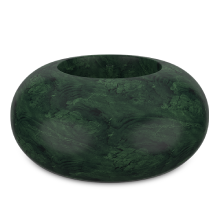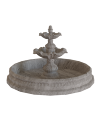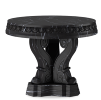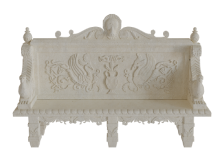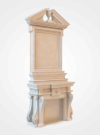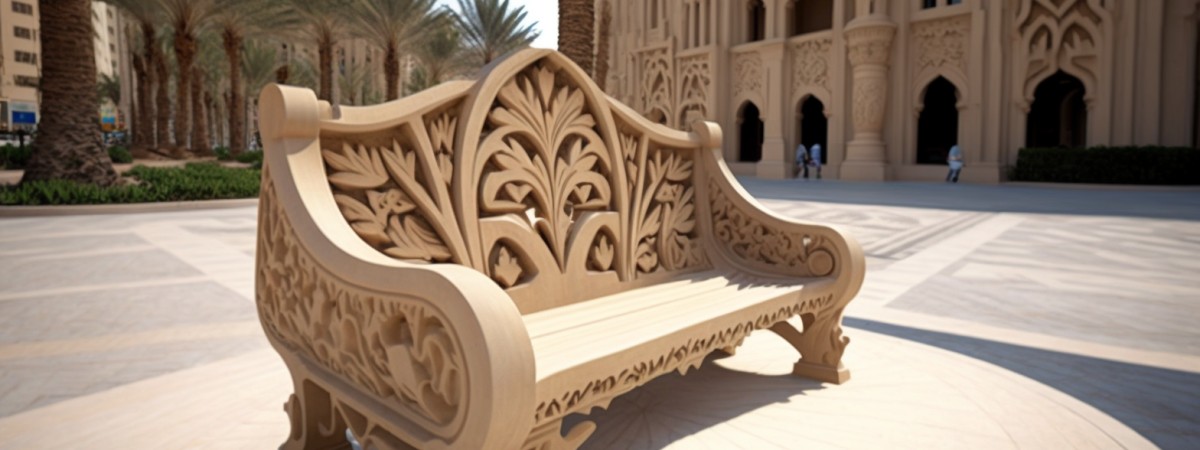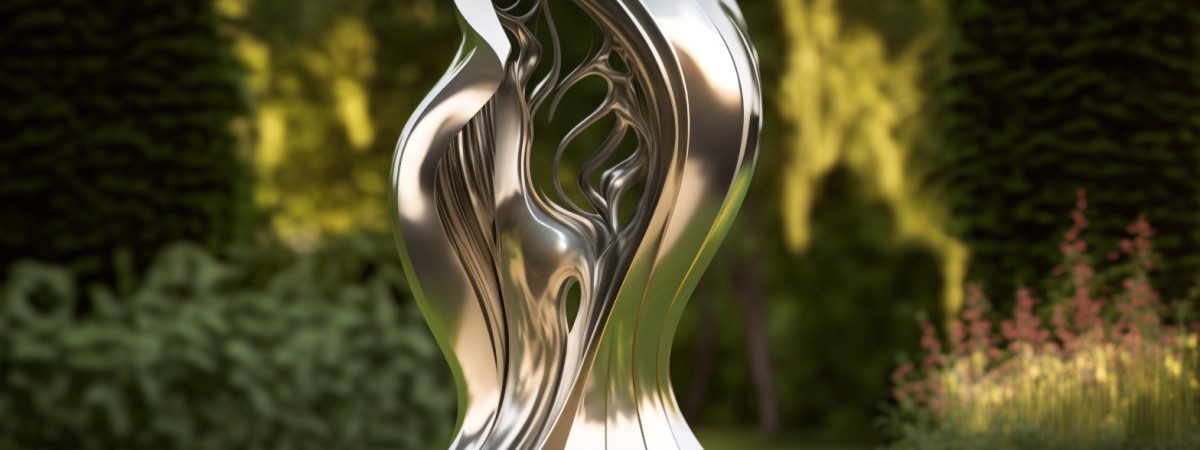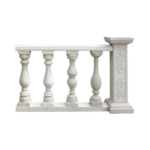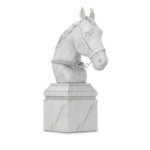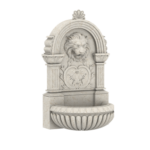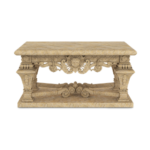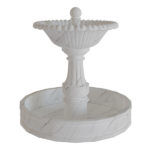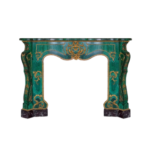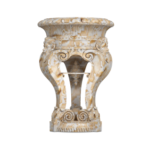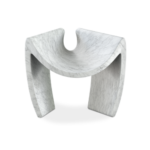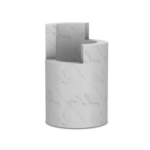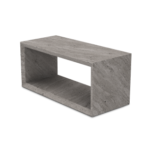June 12, 2023 Author: Deana Martinez
Revolutionising Landscaping Design: How BIM Modeling is Used to Place Fountains, Sculptures, and Other Hardscaping Materials
Landscape architects and designers play a critical role in creating enchanting and functional outdoor spaces for a variety of venues, including resorts, luxury villas, penthouses, and farmhouses. Hardscaping elements, encompassing fountains, statues, and retaining walls, are important aspects of any landscaping project and necessitate meticulous planning to ascertain optimal position and proportions.

The advent of cutting-edge technological advancements has led to a radical transformation in how landscape architects and designers execute their projects. Building Information Modeling (BIM) has emerged as a potent and adaptive resource for designing and creating outdoor environments.

This blog post will delve into how BIM modeling serves as an invaluable tool for landscaping architects in the positioning and scaling of fountains, statues, and an array of hardscaping elements. Furthermore, it will provide tips for using BIM modeling in your next landscaping project.

Benefits of BIM Modeling for Landscaping Design:
- The integration of BIM modeling in landscaping carries an array of advantages, including the ability to:
- Create precise and elaborate 3D mock-ups of outdoor spaces, including the proper placement of hardscaping elements like fountains, statues, and retaining walls.
- Visualize the impact of diverse design alternatives on the overall aesthetic and ambiance of the outdoor space, facilitating necessary adjustments.
- Collaborate with other stakeholders, such as interior designers and contractors, to guarantee holistic integration and harmony among all project aspects.
- Streamline the construction process by delivering comprehensive details pertaining to materials, construction techniques, and other pertinent project aspects.
- Enhance cost-effectiveness and time efficiency by negating the requirement for physical prototypes and minimizing the potential for errors or rework.

Using BIM Modeling to Place Fountains:
- Fountains, being timeless and popular elements of any landscaping project, can cultivate a tranquil and visually captivating outdoor milieu. BIM modeling empowers landscape architects to:
- Experiment with diverse locations and proportions to determine the fountain’s ideal positioning.
- Visualize the influence of the fountain on its surrounding landscape, applying the necessary modifications.
- Assess the fountain’s impact on water flow and drainage, making the requisite adjustments to ensure optimal performance.
- Partner with other stakeholders, like interior designers and contractors, to harmonize the fountain with other project elements.

Using BIM Modeling to Place Sculptures:
- Sculptures serve as a unique and striking addition to any landscaping project and can be leveraged to establish a focal point, instill a sense of structure, or simply augment the overall aesthetic and ambiance of the outdoor space. BIM modeling enables landscaping architects to:
- Experiment with diverse locations and proportions to determine the sculpture’s ideal positioning.
- Visualize the influence of the sculpture on its surrounding landscape, applying the necessary modifications.
- Evaluate the sculpture’s impact on pedestrian traffic and circulation, applying the requisite adjustments to ensure optimal functionality.
- Collaborate with other stakeholders, such as interior designers and contractors, to harmonize the sculpture with other project components.

Using BIM Modeling to Place Other Hardscaping Materials:
- Besides fountains and sculptures, there’s an array of other hardscaping elements integral to any landscaping project, such as retaining walls, pathways, and outdoor cooking areas. BIM modeling facilitates landscape architects in:
- Experimenting with diverse placements and scales to ascertain optimal positioning for each hardscaping element.
- Visualizing the influence of each hardscaping element on the surrounding landscape and applying necessary modifications.
- Evaluating the impact of each hardscaping element on pedestrian traffic, circulation, water dynamics, and drainage and initiating the requisite adjustments to ensure optimal functionality.
- Collaborating with other stakeholders, such as interior designers and contractors, to harmonize each hardscaping element with other project components.

In summary, BIM modeling serves as a formidable asset for landscape architects and designers, offering a flexible and accurate mode to situate fountains, statues, and diverse hardscaping elements in the perfect location and at the right scale. Regardless of whether you’re crafting a resort, a luxury villa, a public park, a penthouse, a luxury residence, a beach house, or a farmhouse, the incorporation of BIM modeling can significantly ensure the success of your landscaping project, both in terms of design and functionality.




